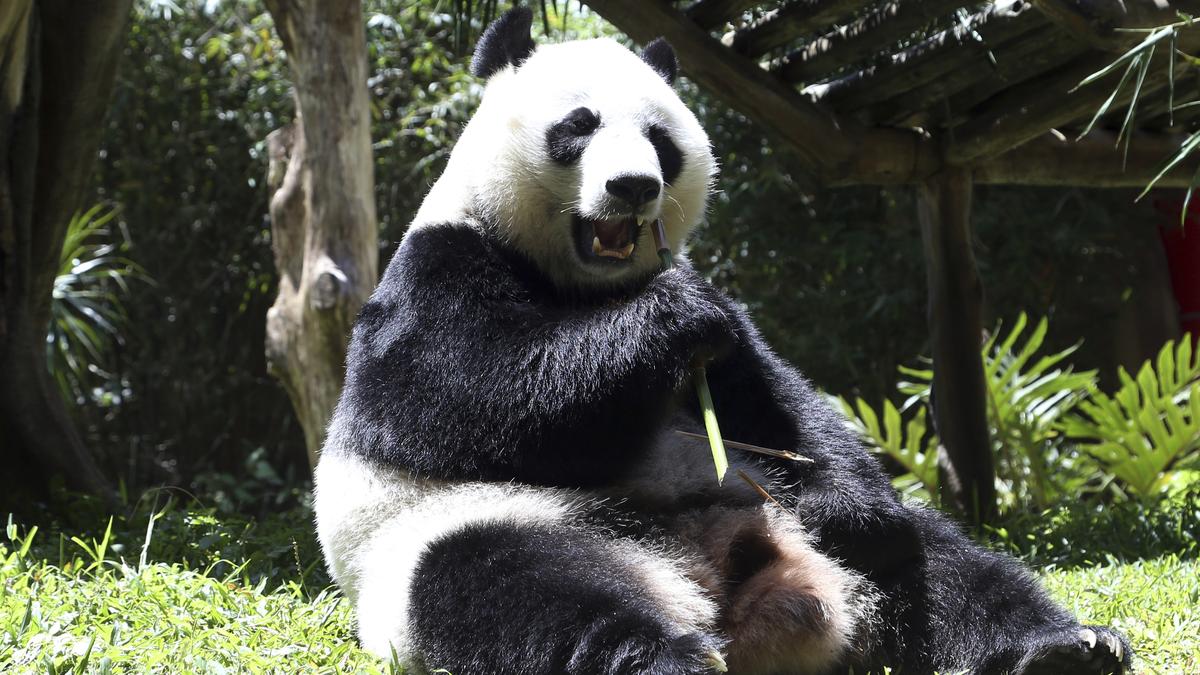
What is animal diplomacy, a longstanding tradition of soft power? | Explained Premium
The Hindu
Animal diplomacy, from pandas to orangutans, showcases the power of cultural exchange in shaping global politics effectively, The Hindu explains animal diplomacy.
The story so far: Over centuries, treaties, agreements and handshakes have been used by leaders globally to create ties. However, amid serious world politics, there is an odd yet effective diplomatic tool known as animal diplomacy. In a recent development, Malaysia, the world’s second-largest palm oil producer is aiming to improve its environmental image by putting forward the “orangutan diplomacy”.
They plan to give orangutans to the countries that purchase their palm oil. This gesture aims to show Malaysia’s concern for the endangered apes, whose habitats are often destroyed by palm oil plantations. Inspired by China’s “panda diplomacy,” Malaysia hopes this move will ease global concerns about the environmental impact of palm oil production. This unconventional yet effective strategy speaks volumes about the power of cultural exchange in shaping global politics.
Animal diplomacy involves giving or lending animals as a sign of friendship or goodwill between countries. These creatures possess cultural significance or are indigenous to the country that gifts them, hence making them influential instruments for diplomacy. For example, China’s panda diplomacy can be traced back to the Tang Dynasty when emperors gave away pandas to foreign rulers as symbols of peace and cooperation. Consequently, the receiving state usually agrees to protect such species beside this thereby furthering harmonisation between nations.
The first recorded instances of animal diplomacy can be traced to ancient civilisations. In exchange, pharaohs gave other rulers rare animals to show off their wealth and power. Notable among these was Pharaoh Hatshepsut who sent a giraffe as a present to the King of Syria around 1500 BC.
Read | A case of animal diplomacy
During the middle ages and renaissance periods, European kings frequently exchanged animals such as lions and tigers in order to show their authority over nature. These majestic beasts were symbols of mightiness and grandeur, which could only be preserved for the wealthy class.
In old times, a lion as a gift was regarded as both an emblem of royal favour and strength. Monarchs would give lions away to foreign leaders as a display of friendship and loyalty; this showed how powerful they were. Preserved in menagerie or belonging to royal collections, these regal creatures demonstrated diplomatic success; hence, they were viewed with respect as trophies living that embodied honorifics symbols for esteem or authoritativeness.











